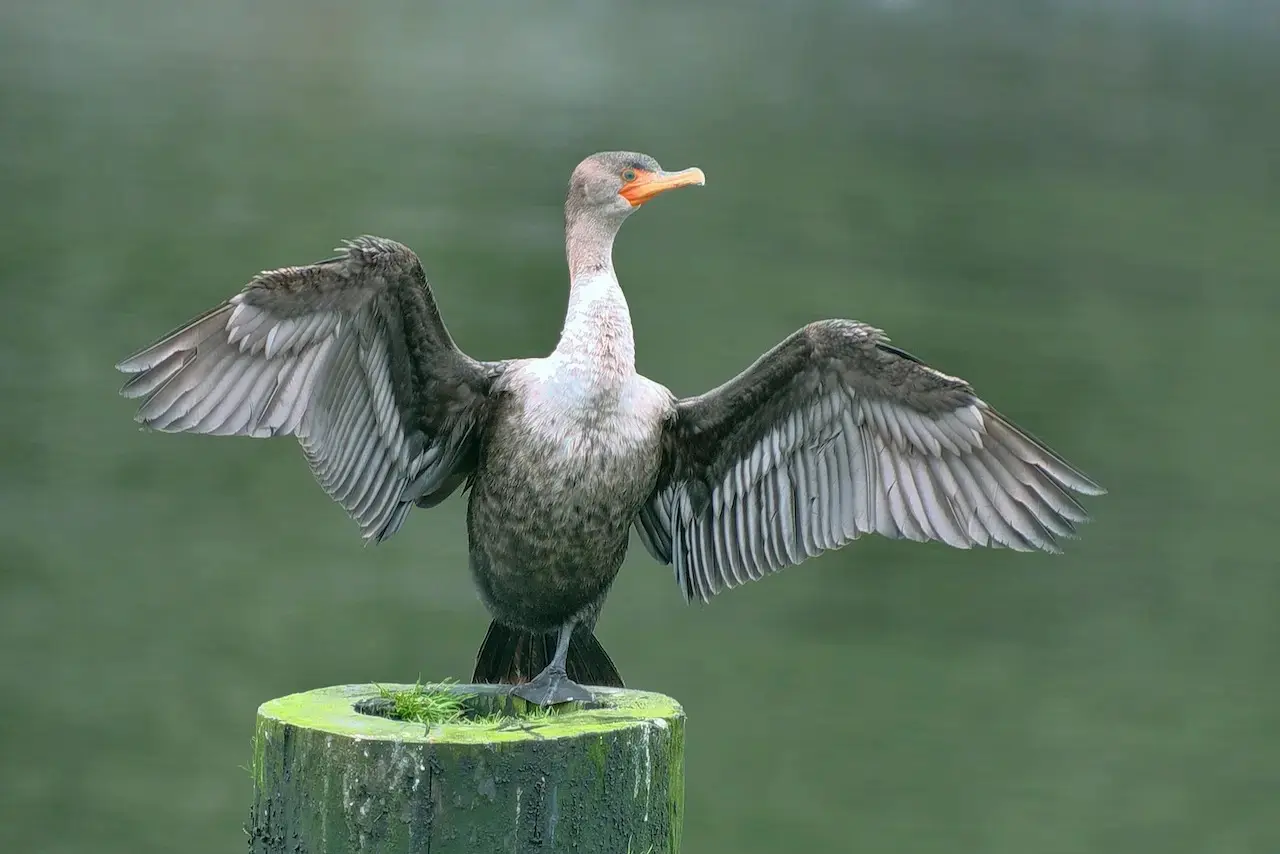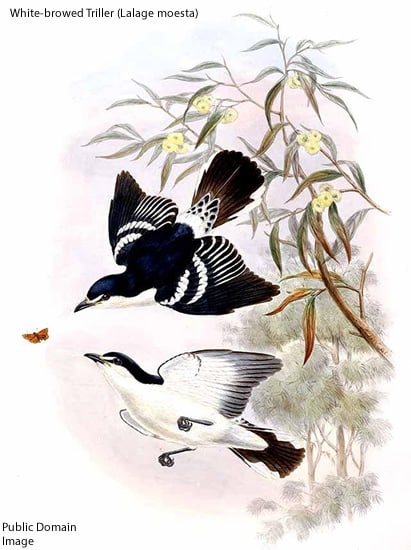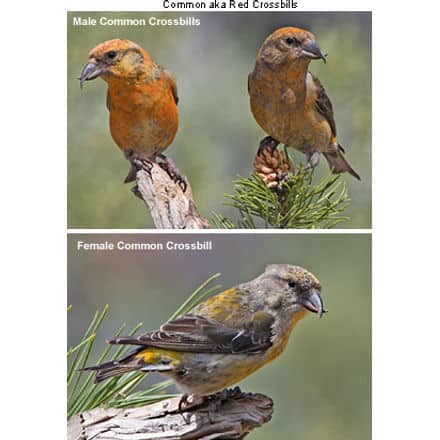Bornean or Kinabalu Leafbirds
The Bornean or Kinabalu Leafbirds (Chloropsis kinabaluensis) are small, colorful songbirds that have traditionally been considered a subspecies of the Blue-winged Leafbird.
However, distinct physical differences between the two species exist that support the theory that they are separate and distinct species.
Distribution / Range
The Bornean Leafbirds are fairly common in the humid forests of northern Borneo (an island located north of Java Island, Indonesia, and Malaysia).
They are usually observed in the canopy and along the edge of mature or well-regenerated montane moist forests.
Description
The medium-sized leafbirds have forked, brush-tipped tongues and fairly hefty, straight to lightly down-curved bills with stiff, hair-like feathers at the base that protect their eyes from the legs and wings of their insect prey.
Their plumages are mostly green with a black facial mask and bib. The male has yellow markings on the face and chest. Both have blue feathers on the wing and tail.
Immature birds look like duller versions of the females.
Alternate (Global) Names
French: Verdin de Bornée, Verdin de Bornéo, Verdin des Kinabalu … German: Kinabalublattvogel … Indonesian: Cicadaun Kalimantan … Slovak: zelenácik bornejský … Spanish: Verdín de Borneo
Nesting / Breeding
Bornean Leafbirds typically start nesting in mid-November.
Leafbirds build open cup-shaped nests out of fine stems, leaf parts, and rootlets. These nests are typically placed on the ends of branches near the tree crown; although some may hang from thin horizontal shoots of trees, or they are attached to a pair of vertical twigs. The average clutch consists of 2 – 3 pinkish eggs. The incubation lasts about 14 days and is performed by the female alone, while the male feeds the brooding female. Even though unconfirmed, it appears likely, that the male also helps raise the young.
Diet / Feeding
Leafbirds typically forage alone or in pairs in the subcanopy; but some species may occasionally join mixed feeding flocks, while other species defend their feeding territories.
They feed on mostly insects, as well as taking fruits, berries, and nectar.
Insects: Their long sharp beaks are curved down slightly and a brush-tipped tongue, helps them to pick insects from the bark and leaves of trees. They will also pursue flushed prey into the air or down to the forest floor.
Nectar: Their spiked tongues are well adapted for taking nectar from tubular flowers. Like hummingbirds, they will hover in front of a flower while retrieving the nectar. In the process of feeding, the flowers benefit from cross-pollination as the leafbird’s head becomes covered with pollen and spreads from flower to flower. As they move to the next flower, the pollen is deposited on the next flower, which is then able to produce seeds and fruit. Many native plants rely on them for pollination and would not be able to exist without the “services” inadvertently rendered by the leafbirds.
Fruits: Usually, leafbirds swallow pieces of fruit whole. If this isn’t possible, they will pierce the fruits with their beaks and let the juices leak into their mouths.
Calls / Vocalizations
Their attractive songs include various melodious whistles and chatters.
Leafbird Information … Leafbird Species Index … Leafbird Species Photo Gallery




